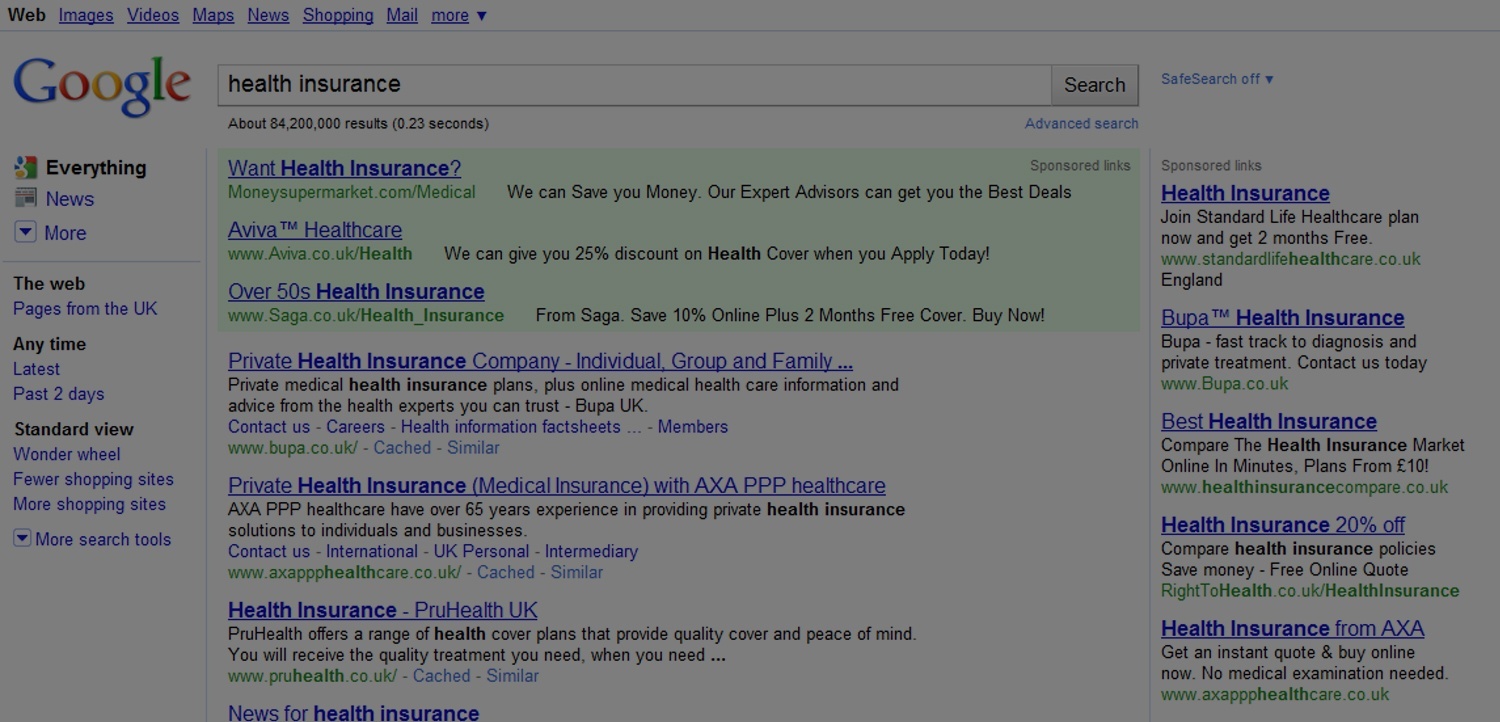
In 2012, BunnyFoot (a usability and user experience design firm) performed a study to see if users could differentiate between paid ads and organic search results when using Google’s search function. In the end, researchers found that 40% of the participants could not see a difference when looking at ads on Google.
Between then and now, Google AdWords has modified their format slightly (as you can see in the infographic above). Therefore, BunnyFoot decided to redo their study to see if the results changed.
Through a second study, researchers still found that two years later approximately one-third of regular Google Search users did not recognize the difference between a paid ad and an organic result. Further, slightly less than one-third of participants did not even know that Google used any form of advertising on their search page. The difference between then and now is only a slight decrease from 41% to 36% of participants not recognizing the ads.
What does this mean for your business?
Because advertisements could possibly be misleading, it is important for the user to understand which results are being paid for and which results they are naturally receiving. As the most important information or most popular search result typically appears at the top of the page, having the ads naturally fit in here can be confusing for users. When Google is seamlessly blending the advertisements in with search results, it takes an extra moment to recognize the yellow “Ad” box and the (i) symbol next to the result (both of these are highlighted in orange on the image to the right).
Through knowing this, there are several different strategies to reach diverse users with unique knowledge bases. At Leap Clixx, we have developed a strategy known internally as the “Google Trifecta” (pictured on the left). By utilizing our expertise in pay-per-click advertising and search engine optimization, your business can be at the top of Google in more ways than one. If interested, contact one of our experts today!
Topics: SEO










